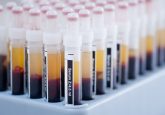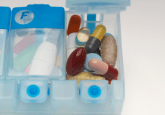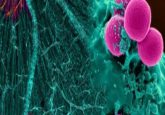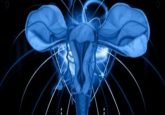Novel vaccine possibility for glioblastoma
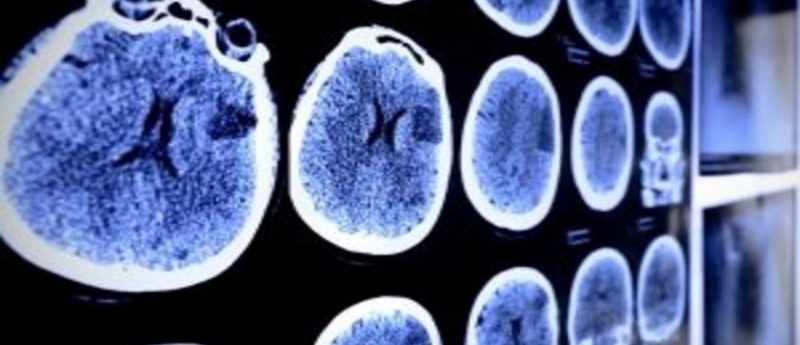
Researchers at Thomas Jefferson University (PA, USA) have recently published a paper documenting the cellular and molecular mechanisms behind a novel vaccine for glioblastoma, the most common aggressive primary brain tumor. This work has paved the way for the next stages of development for this experimental treatment and features in an online issue of Cancer Immunology, Immunotherapy.
“In recent years, researchers and the public have begun to realize the role that the immune system plays in both cancer prevention and treatment,” explained Craig Hooper of the Sidney Kimmel Cancer Center at Thomas Jefferson University. “The immune system has great potential for helping fight cancer. This study helps give us a roadmap for future brain cancer vaccines,” he continued.
Glioblastoma patients have poor prognoses. With standard treatment, the median survival time is approximately 15 months, and without treatment the median survival time is 4 months.
This research reports the results of a second phase 1 clinical trial. An initial phase I trial, led by David Andrews from Thomas Jefferson University, was carried out in 2001 and saw shrinkage in 75% of the 12 patients tested.
The vaccine consisted of portions of a patient’s own tumor removed during surgery, which was treated overnight with the drug antisense oligodeoxynucleotides (AS-ODN). The pieces of pretreated tumor were then packaged in a diffusion chamber, which was then inserted into the individual’s abdomen to provide the immune cells with improved access to the drug.
AS-ODN knocks down the IGF-R1 receptor, which has previously been demonstrated to drive tumor growth and metastasis, and previous research has suggested that IGF-R1 inhibition could cause the self-destruction of tumor cells.
The researchers involved in the original trial were of the opinion that molecules from the ‘self-destructing’ tumor were exiting the diffusion chamber and activating the immune system. It was hypothesized that immune cells activated in the abdomen traveled to the brain and killed the remaining tumor cells not removed by surgery. However, no one had examined what was activating the immune response.
Further investigating what activated this immune response, the researchers focused on exosomes, which are known to stimulate immune responses as well as being small enough to pass through the pores of the diffusion chamber. In testing for the presence of exosomes, the researchers not only proved that they were present in the material leaving the chambers, but also that they were released in a slow and continuous stream, thus providing a consistent source for immune-cell activation. Additionally, the researchers harvested the exosomes and introduced them into mouse brain tumor models, an experiment that resulted in the slowing of tumor growth.
The researchers also demonstrated that AS-ODN molecules activated the immune system. “We think that the AS-ODN treatment changes the quantity or quality of the exosomes released by the tumor cells,” commented Larry Harshyne from the Department of Neurological Surgery at Thomas Jefferson University.
A new group of 12 patients with recurrent glioblastoma tested the vaccine, six of whom exhibited immune responses to treatment. The researchers indicate that the subjects who did not elicit a response may have been immune-compromised due to chemotherapy treatment. “The best predictor of a positive clinical outcome from the vaccine was an intact immune system,” noted Hooper.
The next phase of the clinical trials is scheduled for January 2015, in which the researchers plan to perform the procedure directly after the patients’ first brain surgery and prior to chemotherapy. It is by this approach that the researchers expect the patients to have greatest benefit from the therapy.
A further line of interest for the researchers is to investigate ways to strengthen the immune response to the vaccine in order to further increase the vaccines effect.
